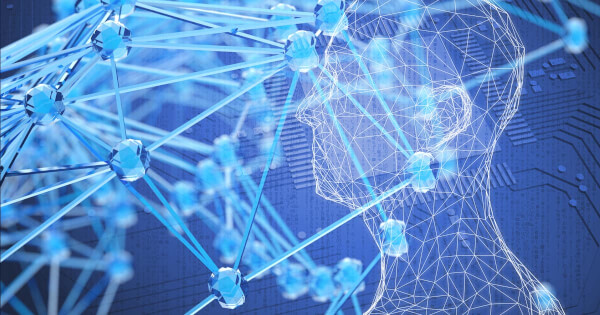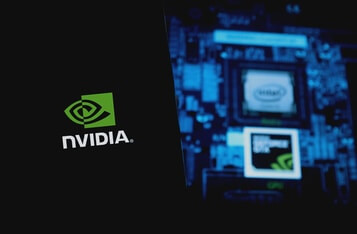PIGEON: Predicting Your Location with Images
PIGEON and PIGEOTTO are groundbreaking AI models in image geolocalization, predicting locations from images with remarkable accuracy. PIGEON excels with Street View data, while PIGEOTTO thrives on diverse global imagery, both significantly reducing median distance errors in geolocalization.

Planet-scale image geolocalization, the process of identifying the geographical location of an image, represents a significant challenge in computer vision due to the immense diversity and complexity of global imagery. Traditional methods, primarily focusing on landmark images, have struggled to generalize to unfamiliar locations.
The game "Geoguessr," which has amassed 65 million players, highlights this challenge by tasking players with identifying the location of a Street View image from anywhere in the world. The research paper titled "PIGEON: PREDICTING IMAGE GEOLOCATIONS" detailed on how to address this challenge. Researchers from Standord university have developed PIGEON and PIGEOTTO, two innovative models that mark a significant advancement in image geolocalization technology.
PIGEON (Predicting Image Geolocations) is a model trained on planet-scale Street View data, inputting four-image panoramas to predict geographic locations. Remarkably, PIGEON can place over 40% of its predictions within a 25-kilometer radius of the correct location globally, a notable achievement in the field. This model has demonstrated its prowess by competing against top human players in Geoguessr, ranking in the top 0.01% and consistently outperforming them.
In contrast, PIGEOTTO is trained on a more diverse dataset of over 4 million photos from Flickr and Wikipedia, without relying on Street View data. This model takes a single image input and has achieved state-of-the-art results on various image geolocalization benchmarks, significantly reducing median distance errors and demonstrating robustness to location and image distribution shifts.
The technical backbone of these systems involves sophisticated methodologies like semantic geocell creation, multi-task contrastive pretraining, a novel loss function, and downstream guess refinement. These methods contribute to minimizing distance errors and improving the accuracy of geolocalization predictions.
The training process for these models is intricate. PIGEON is trained on a dataset specifically designed for it, utilizing 100,000 randomly sampled locations from Geoguessr, while PIGEOTTO's training dataset is vastly larger and more varied. The evaluation of these models employs a metric system focusing on the median distance error and various kilometer-based distance accuracies, from street-level to continent-level.
While the advancements these models bring are significant, they also raise important ethical considerations. The precision and capabilities of such technologies can have both beneficial applications and potential for misuse. This duality necessitates a careful balance in the development and deployment of image geolocalization technologies.
In conclusion, PIGEON and PIGEOTTO represent a major leap in image geolocalization technology, achieving state-of-the-art results while being adaptable to distribution shifts. Their development underscores the importance of various technological innovations and points to the potential future of image geolocalization technologies being either truly planet-scale or focused on narrowly defined distributions.
Image source: Shutterstock
